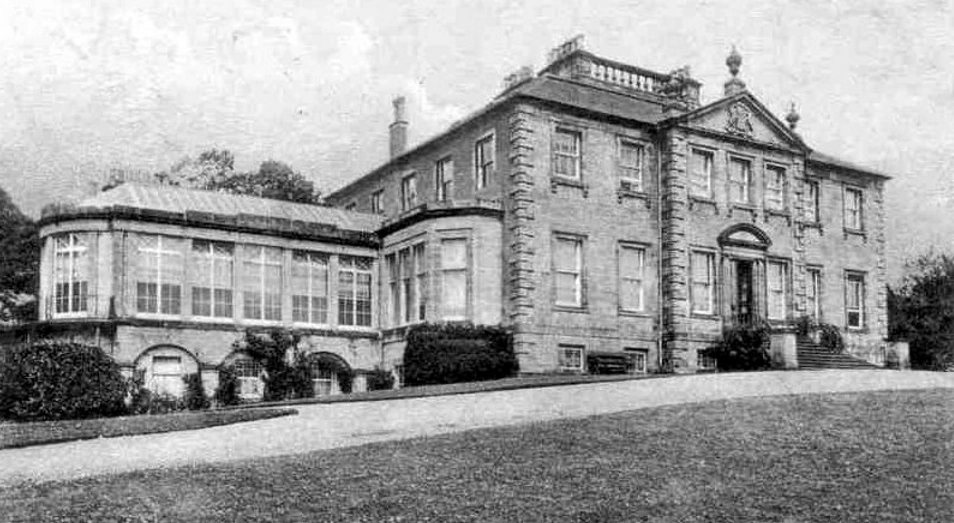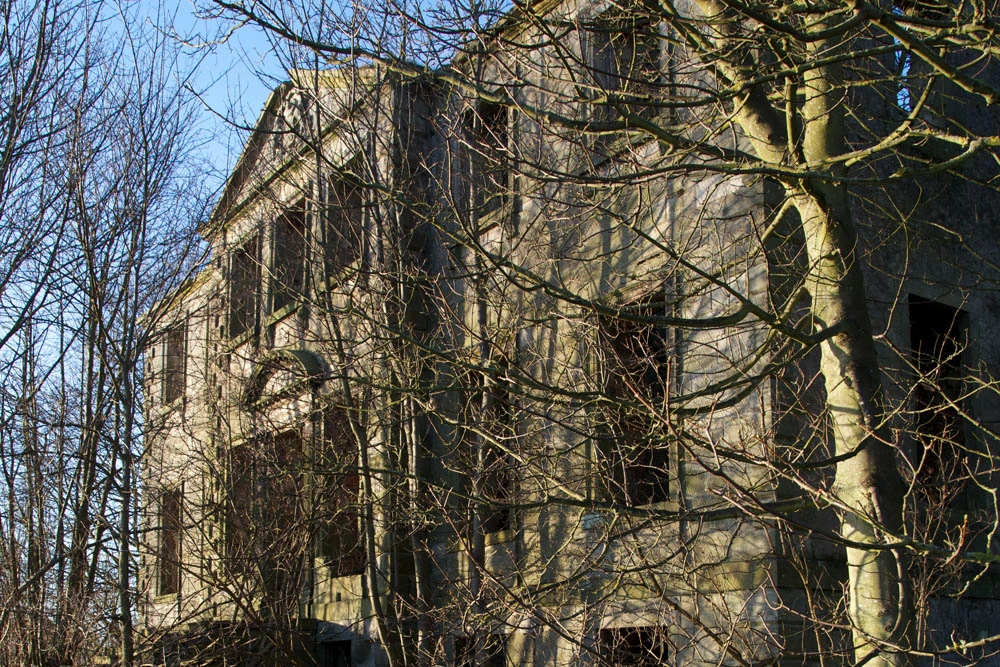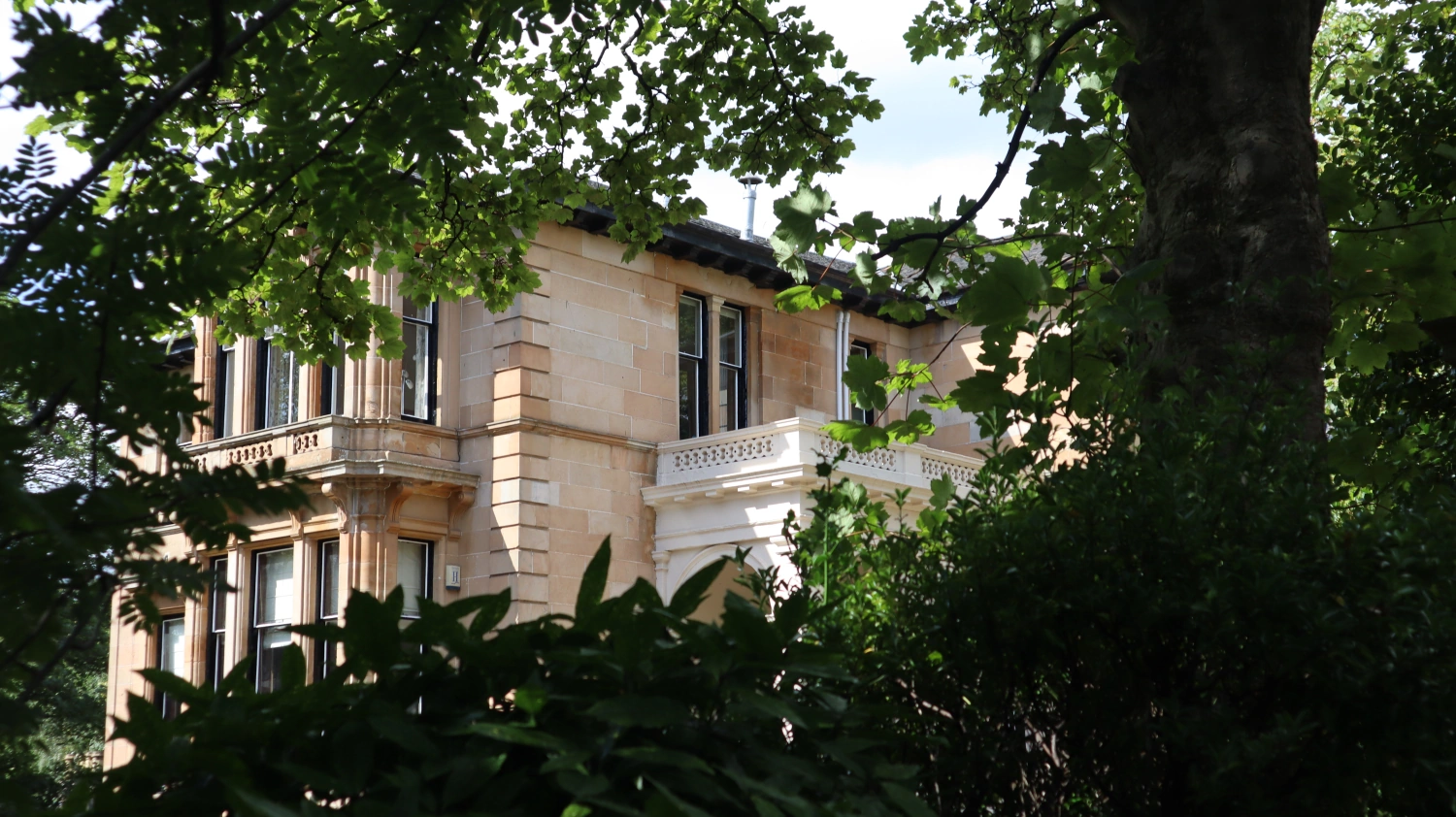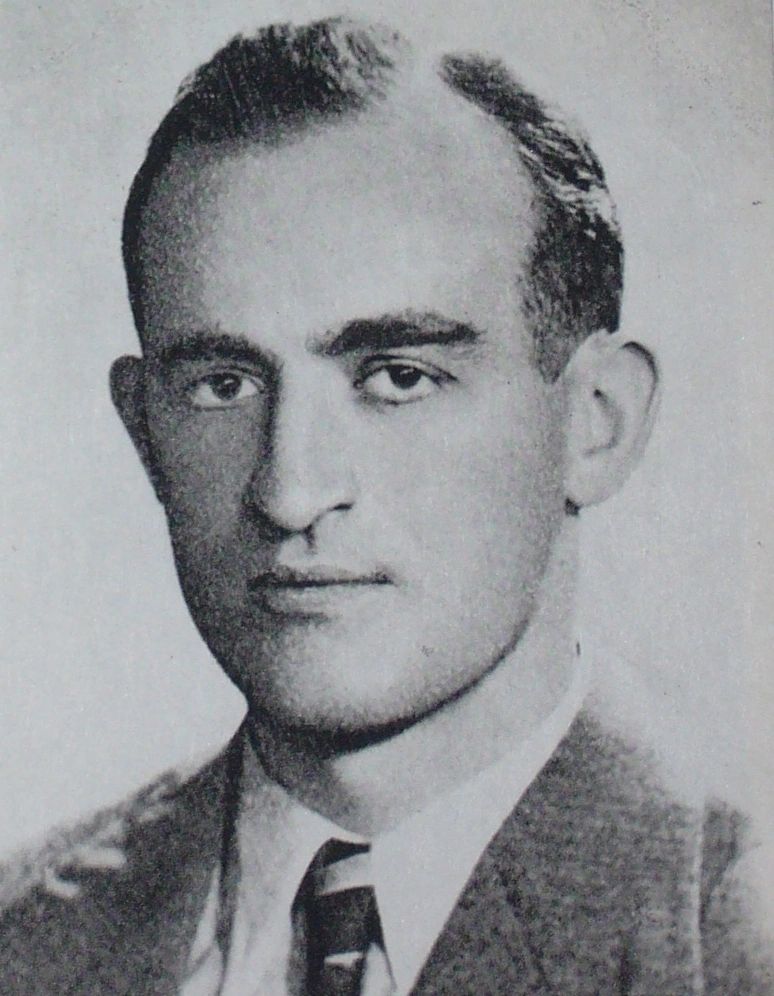The “Silent and Dark” – Cichociemni – elite of the Polish resistance
About the secret brigade of Polish parachuters - soldiers who received intensive training in Britain and, accepting the imminent risk of death, were dropped down to their homeland to fight the occupier. Meet the "Cichociemni" who, in silence and darkness slipped into perilous territory and weakened the enemy forces.

Largo House, Fife, Scotland. Out of sight of villager passersby stands an abandoned edifice, overgrown with bushes and trees. A labyrinth of fences, fields and barbed wires must be crossed before reaching the deserted premises. But in the 1940s, the lost in-the-middle-of-nowhere hidden nature of this place was perfectly suited to its purposes.


Decades ago, these grounds were the training center of the 1st Independent Polish Parachute Brigade. Soldiers who underwent an elite secret training in Scotland, to then be dropped down onto the territory of their occupied country and fight the Nazi German invader.
After Poland’s defeat in September 1939, its armed forces were reconstructed in exile – first in France, then in the United Kingdom. Yet many Polish soldiers longed to return to their homeland. For some the opportunity soon presented itself…
Among the ranks stationed across the UK, a top-secret recruitment process was undertaken. In February 1941 were formed the Cichociemi – “the Silent and Dark” - a special-operations paratrooper unit. After completing an intense selective training, these men were parachuted into occupied Poland, where they risked their lives participating in diversion actions, as members of the Polish Home Army – the country’s main resistance movement.
The long-term goal of this initiative was to prepare the Home Army for a victorious general uprising, to be undertaken in the final phase of the war. This event, anticipated for years, later unfolded as the Warsaw Uprising in August 1944.
In the years preceding open combat, Cichociemni soldiers stepped into the Home Army’s conspiracy, silently fighting the enemy’s system through espionage, sabotage, diversion, and retaliation actions.
Recruitment in silence and darkness
A long list of desired characteristics was sought out in potential recruits, including among others: intelligence, ability to keep the secret, honesty, upholding high moral standards, ability for quick adaptation and learning, individual and military discipline, strong motivation, leadership skills, creative problem-solving… And ideally knowledge of enemiy languages – German or Russian.
They had to be aware of the risks involved and be prepared to undertake these repeatedly.
Recruitment of volunteers was completed under the veil of secrecy. Special recruitment officers sent out by the Polish army’s commander-in-chief visited military units across the country. They spoke to the local leaders and, revealing the nature of their mission only through half-words, requested their support in designating candidates. The direct unit leader, knowing his subordinates well, was valuable in selecting the most appropriate people.
Candidates pinpointed in this manner were invited for a strictly confidential conversation. After giving a general overview of the mission they were selected for, the decisive question was asked – did they agree to join?
The codename perfectly captured the brigade’s spirit. The “silently unseen” mysteriously disappeared from their line units overnight, into the darkness… To then be directed towards the special operation training centers in Scotland.
And when the time came for the parachute jump, their voices turned to whispers. As they floated down the air to reach the long-awaited homeland, they prepared for the invisible manners required in the country. To fade away, into the crowds.
When completing their assignments they appeared silently, where they were least expected, destabilized the enemy and disappeared as they had come – unnoticed, unseen.
Their entire mission was kept under a vow of secrecy. Once in Poland, they joined operations of local underground forces and were forbidden to contact any family members – for the safety of their closest ones, to protect them against potential repressions from the Gestapo.

Training
Recruitment was only the first step on the road to joining this prestigious formation. An intensely demanding series of training courses followed. There were several components, including both core and specialized training.
A basic was the diversion fighting course, where soldiers were prepared to lead a small group of resistant fighters in sabotage and diversion actions, all this in conspiracy conditions. Apart from physical fitness and combat, they fostered a variety of skills.
Shooting to targets under all the possible circumstances: in movement, darkness, while dodging obstacles or climbing a rope.
Safely jumping out windows with hands tied, escaping a racing train, breaking windows with their heads, liberating themselves from handcuffs…
The skills acquired in training centers were then put into practice “in the wild”.
Some exercises involved driving the blindfolded trainees into an unknown area, from where they needed to reach a specific destination - without asking any of the locals for directions and avoiding police patrols and Home Guards.
There were also mock “diversion actions”, for instance requiring the candidates to place a (neutralized) explosive in a precise spot. Most of the time, the British authorities were completely in the dark as to these special trainings. When a candidate happened to appear suspicious and was led to the local police station, his task was to get out of the situation without, under any circumstance, mentioning the top-secret program he was involved in.
I can easily imagine amusing scenarios unfolding in these moments. Think of those confused Scottish policemen, unwarned about the actions or their training nature.
All this was preparing soldiers for the imminent threat they were well aware was lurking over them – being captured and questioned in the hands of the Gestapo… A visit to the local Scottish police station was but child’s play, paling in comparison with the horrid tortures…
Before departure, during the briefing course, candidates went through their final transformation to become conspirators in occupied Poland. They were given a “legend” - a complete story, covering a range of elaborate and internally consistent lies forming their new identity.
After completing this versatile and all-encompassing training, the soldiers were to transfigure into ordinary Poles with a prosaic day-to-day occupation - camouflage for their true mission.
They learned everything about occupation conditions in the country, the structure of the Polish Underground State and that of the German authorities in Poland. Newspapers from Poland were brought to them – both the official German-controlled propaganda and conspiracy underground press. First-hand knowledge was also transmitted by visiting couriers.
Understanding SS tactics and Gestapo investigation methods was essential. Candidates practiced the art of convincingly misleading their interrogator. Some sessions at the so-called “university of lies” involved spontaneous mock interrogations, where two “culprits” were questioned separately in parallel and had to answer everything with carefully crafted lies. The men’s false statements were then compared for consistency. Lying persuasively, effectively, and coherently had to become second nature for Underground conspirators.
A number of specialization options also existed, such as radiotelegraphy, espionage, forging documents.
As other training branches, the Polish “school of spies” was extremely practically oriented, teaching methods of gathering information, recruiting agents, as well as techniques of intelligence and counterintelligence. They familiarized themselves with the espionage methods of both invaders – Germans and Russians.

And don’t forget that after all these efforts there was still the unavoidable, elementary component – parachuting. The thought of jumping out of a flying machine was still intimidating to some, even after mastering countless high-level competences.
Candidates practiced jumps first from a special 24-meter parachuting tower, then from planes or hot air balloons. Before qualifying for the final mission, a few compulsory jumps had to be completed, including one at night.
Some fatal accidents did occur already during training. Even before the countless perils of occupied Poland.
A finish line perpetually out of sight…
You can imagine that even with a pre-selection process, not everyone made it to the finish line.
Across the years 1941- 1944, 2413 candidates were recruited. Out of these, only 605 completed the required training, from which 579 qualified for the jumps.
316 jumped down to Poland. 102 were killed during the Second world War – during the flight or jump, in the hands of the Gestapo, in concentration camps, the Warsaw Uprising…
Some also fell into the hands of our other enemy – arrested by the NKWD, a few prisoners were killed, others sent to Soviet gulags.
And for those 214 who survived the war, peace was still far and unreachable in 1945. The communist regime’s persecution forced many to flee Poland once again… Because for those who fought in the Home Army, 1945 did not bring relief. Heroes who were ready to sacrifice their lives in the face of Nazi German terror, were later victims of communist repressions. Arrested, tortured, condemned to death, or simply murdered by the authorities.
In Poland, the end of WWII was not equal to an end of the fight… The “cursed soldiers” continued to resist, despite the persecutions…
When deciding to embark on their journey, Cichociemni were aware of the risks they were facing. But even the undoubtable threats did not quench their greatest desire. To return to Poland and fight for the liberation of their country. A determination stronger than fear.
They marched out ready to embrace death.
Leader of the legendary “Parasol” battalion
Their intense preparation formed the Cichociemni into the elite of Polish resistance soldiers. After landing in the country, many were responsible for recruiting, training, and leading the younger generation burgeoning forces. For some, this involved supporting the Scouts from the Szare Szeregi., strengthening the military side of the youth formation.
One Cichociemny became a renowned leader after his return to the country.
Adam Borys, codename “Pług”, an officer who had fought during the September campaign, later escaped to the United Kingdom, joining the Polish Army in exile. When in 1941 he heard the news about dropdowns of Polish officers, he seized the opportunity and decided to return to the country. He completed the training, and after landing in October 1942, was assigned to work in the Directorate of Diversion for the Polish Home Army.

In the late Spring of 1943, Pług received an order from his new leader in Warsaw - to form a special operations unit dedicated to directly fighting the Gestapo - particularly through assassination of key players responsible for the terror engulfing the country.
Pług thus addressed the Szare Szeregi leadership with the request of providing him the most able scouts, to create this emerging diversion unit. By the end of July 1943, Agat was formed (an abbreviation of “Anti-Gestapo”). The young men and women in its ranks quickly became the pearl of Polish resistance. They were specialized above all in executing death sentences pronounced by the Polish Underground State. The targets of these actions were principally war criminals – high-ranking SS officers and their undercover agents. The most dramatic of Agat’s operations was the execution of the SS head in Warsaw, Franz Kutschera, on February 1st, 1944.
While Pług helped in preparing these actions, he never participated directly but was always present in the role of observer.
By August 1944, at the start of the Warsaw uprising, the unit had grown into a full-scale battalion. Under the new name Parasol they became one of the bravest troops in battle.
And the story I am about to tell unfolds in the first steps of Agat … I invite you to enter the world of the scouts under Pług’s command.
Tags: comments powered by Disqus